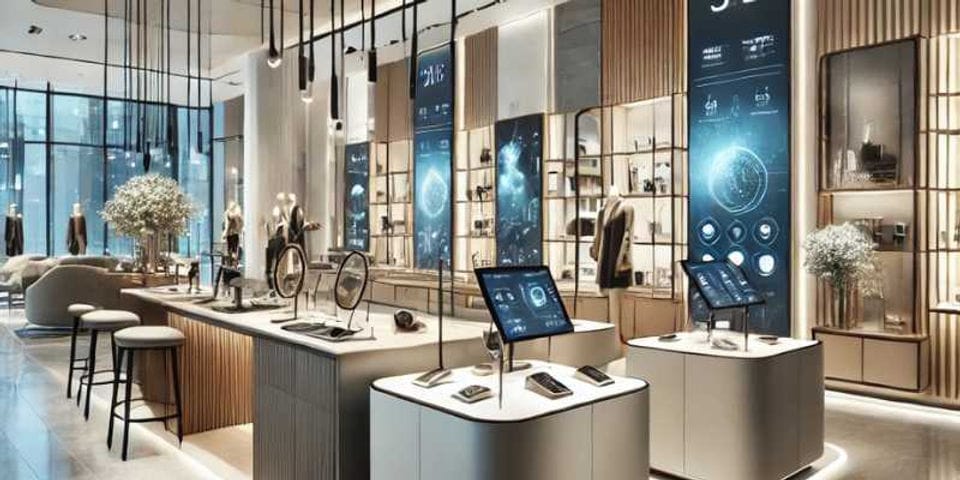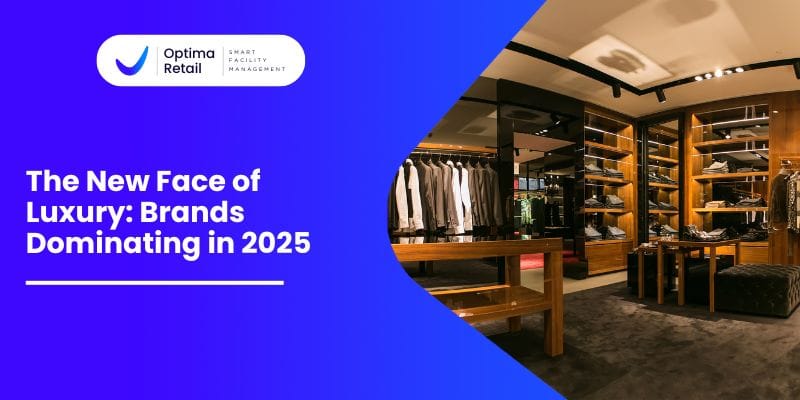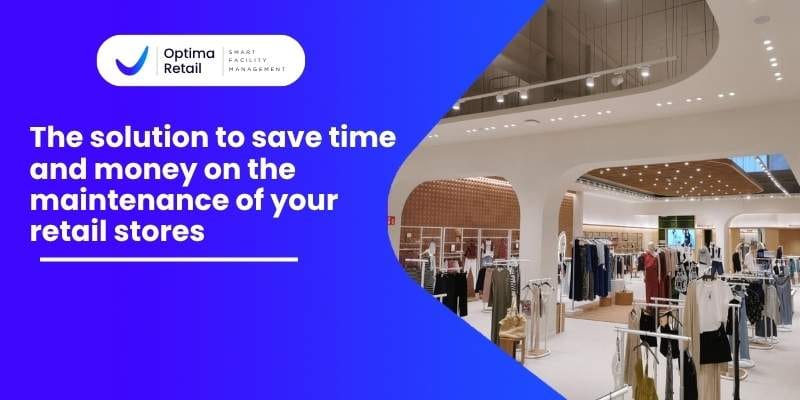3 min read

Commercial interior design has become a key tool to improve the customer experience while maximizing sales. At Optima Retail, we specialize in comprehensive retail maintenance, offering solutions tailored to your brand’s needs.
What is Commercial Interior Design and Why is it Important?
Commercial interior design is the art of designing functional and aesthetic spaces for shops, restaurants, offices, and other commercial environments. This type of design goes beyond mere aesthetics: it focuses on customer psychology, creating environments that influence buying behavior and enhance the in-store experience.
Main Benefits of Commercial Interior Design
- Increased sales: A well-designed commercial space not only attracts more customers but also increases the time they spend in the store and their willingness to make a purchase.
- Space optimization: Every corner of a commercial space has the potential to be useful and attractive. Smart design maximizes every square meter.
- Brand strengthening: Well-executed interior design reflects the values and personality of the brand, creating an emotional connection with customers.
- Enhanced customer experience: A well-designed space facilitates navigation, improves comfort, and creates a pleasant atmosphere that invites customers to return.
Key Elements of Commercial Interior Design in Retail
The retail sector is one of the biggest beneficiaries of commercial interior design. A well-designed environment can make the difference between a customer leaving with a purchase or simply entering and leaving without buying anything. This is where Optima Retail’s services make a difference. We specialize in creating retail spaces that are not only attractive but also strategically designed to boost sales.
What should a good commercial interior design project include?

- Customer-centric design: The space should naturally guide the customer toward key products.
- Proper lighting: Often underestimated, the right lighting highlights products and creates a welcoming atmosphere.
- High-quality materials and finishes: These not only contribute to durability but also influence customers’ perception of the brand.
- Technological elements: Digital displays, interactive mirrors, and smart fitting rooms that enhance the user experience.
- Sustainability: A focus on recyclable materials and energy efficiency, increasingly valued by consumers.
Key Factors to Maximize the Impact of Commercial Interior Design
For commercial interior design to be truly effective, it is necessary to consider several factors that can make the difference between a common space and one that enhances your brand:
- Optimized layout: The design of the customer flow should guide them naturally through the entire space, maximizing dwell time and sales opportunities.
- Brand identity: Decorative elements, colors, and materials must align with the brand’s identity, creating a coherent and attractive environment.
- Flexibility in design: The space must be flexible enough to adapt to new campaigns, promotions, or product changes.
- Technology integration: From automated inventory management systems to technologies that improve the customer experience, such as touchscreens or virtual fitting rooms.
“Commercial interior design is much more than aesthetics; it is a strategic investment that boosts your sales and strengthens your brand.”
Current Trends in Commercial Interior Design
Commercial design is constantly evolving, and staying up to date with the latest trends is crucial for remaining competitive.
- Functional minimalism: Less is more. Open spaces, without visual saturation, allow customers to move freely.
- Immersive experiences: Combining physical design with digital technology to offer interactive experiences, such as fitting rooms with augmented reality.
- Sustainability and social responsibility: The use of recycled materials, LED lighting, and energy-efficient climate systems.
- Multisensory design: The use of scents, textures, and sounds that complement the visual environment, making the experience memorable.
- Inclusive design: Spaces accessible to people with reduced mobility or disabilities, improving flow for all customers.
Transform your commercial space into a unique experience for your customers. At Optima Retail, we design tailored solutions. Request your quote today and take your business to the next level!


